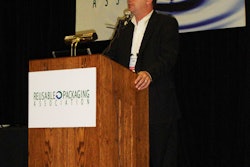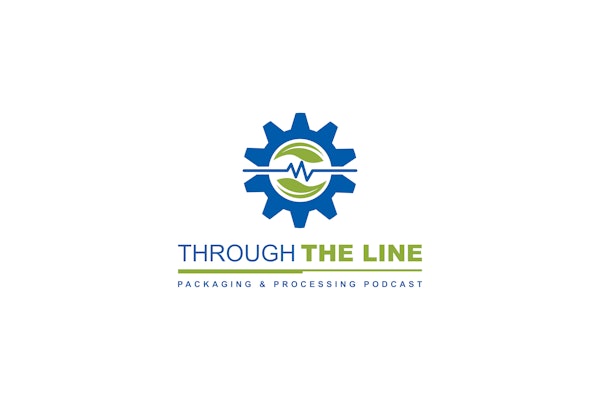Companies in this article
Insulated systems protect pharmaceutical shipments
Delivering high-value, temperature-sensitive pharmaceuticals quickly around the globe through widely varying climates, while maximizing aircraft space, presents demanding challenges.
Oct 28, 2009
List: Digitalization Companies From PACK EXPO
Looking for CPG-focused digital transformation solutions? Download our editor-curated list from PACK EXPO featuring top companies offering warehouse management, ERP, digital twin, and MES software with supply chain visibility and analytics capabilities—all tailored specifically for CPG operations.
Download Now
Have You Heard About our Podcasts?
Through the Line podcasts explore innovations and information across the packaging and processing landscape. Join us for the latest insights, trends, and strategies shaping packaging and processing today.
Listen Today
Downloads




















